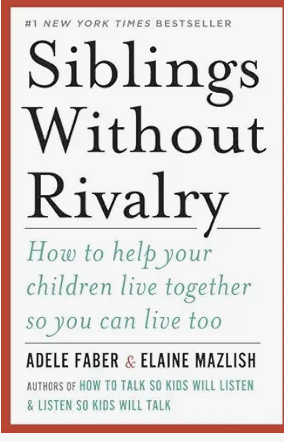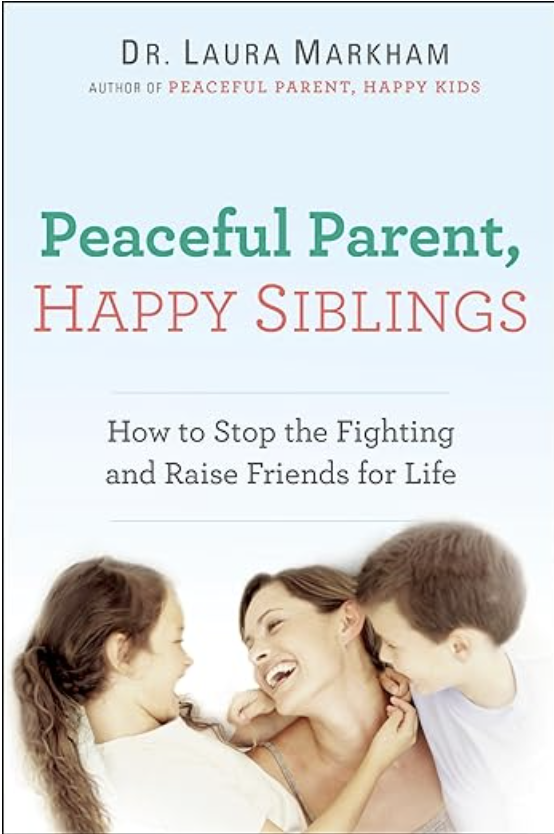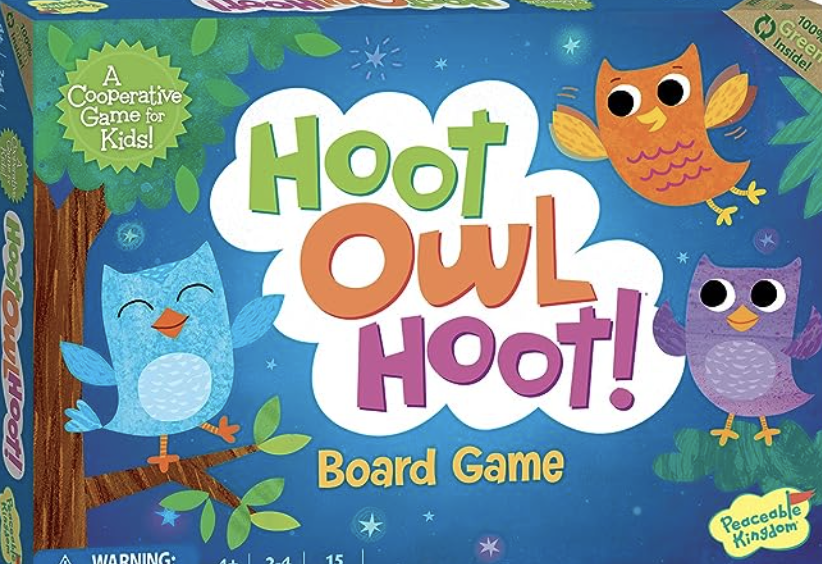Empowered Siblings, Lasting Peace: A Parent's Roadmap
Conflict and disagreements between siblings are a natural part of growing up, and managing these conflicts can be challenging for parents. At the same time, it’s important to acknowledge to your children that it can be genuinely difficult to share all of their belongings, spaces, and the person they love with. The reality is, while we can't dictate that our children become best friends, we can guide them on coexisting harmoniously as good roommates.
Siblings Team Name:
Reinforce the concept that they are on the same team, evolving the dynamic from competition to collaboration. Encourage them to brainstorm and choose a team name that represents their unity; for instance our children are “Team Vanilla Chocolate.” Engage them in collaborative activities at home such as playing cooperative board games or team based games to strengthen their bond. Put them on the same team when playing family Charades or Hide and Seek against you. Refer to their team name often.
Spotlight Positive Sibling Interactions:
Make an effort to notice the siblings' kind moments towards one another. Actively share these observations with them. Shift your focus from negative behavior to the aspects of their relationship that are working well. This proactive approach significantly increases the likelihood of reinforcing these positive behaviors.
Adult: “I see you both supporting each other as 'Team [Name] when you’re _________.' Your caringness and consideration for each other makes our home feel so peaceful.”
Intervene Thoughtfully:
Ignore minor bickering between your children. Consider it as background “sibling music.” Mediate conflicts only when necessary, with a focus on preventing teasing or physical aggression. Maintain a neutral stance.
Adult: “I see two mad kids right now. There is one toy and two of you. This is a tricky one. I wonder what a solution might be that would work for both of you? I trust you guys can come up with one. Let me know when you have it!”
Child 1 turns to sibling: “We could take turns?” Child 2 turns to sibling: “We could play a game where we both get to play with it?”
The objective as a parent is to have your children formulate the solutions themselves; you will have more buy-in that way. The more you intervene, the less it empowers them to develop the essential skills to resolve issues independently in the future.
Teach Constructive Conflict Resolution Skills
As the parent, practice active listening by getting down on their level and making eye contact. Each child gets a turn to speak with no interruptions, even if the other child disagrees. The adult reflects back what they hear, placing importance on each child’s sharing over the absolute truth of the story.
Invite each child to share their experience and perspective
Ask what they each NEED in order to feel better?
Inquire about what they will DO better next time?
Practice a RE-DO through role playing; this is where they learn the skill.
If tensions are escalating, position yourself as a physical barrier and suggest a break for everyone to cool off and collect thoughts. Refrain from mentally labeling them as victims or aggressors.
Create a Signal for Attention and Love
Siblings will sometimes instigate conflicts to gain their parents' attention. In their eyes, any form of attention, even negative attention from you as the parent, is still attention. Allow children to communicate their need for your attention through a simple and clear designated signal. It could be a gentle tap on a parent's shoulder, a hand wave, thumbs down symbolizing their “empty cup,” or a special word.
Adult: "If you need some love or just want to connect, use our agreed signal. I'm here for you."
Equal is Not the Goal
Instead of trying to make everything equal for siblings, like the same amount of blueberries, acknowledge the imbalance. When you hear “it’s not fair” from one in response to what the other is receiving, respond with:
Adult: “Everyone will get what they need at different times. There will be moments when it seems like you’re getting less, and other times it will feel like you’re getting more. Sometimes, I’ll need to focus on filling your sibling’s tanks or my own. It’s absolutely fine to feel upset about it, and we can always talk about your feelings.”
1:1 Time
Dedicate regular one-on-one time with each child, engaging in an activity of their choice - a special outing together or a small, simple moment playing or baking. Ideally, schedule this for the same time every week so the child knows when to anticipate it with either parent.
Allocate at least 10-15 minutes for this dedicated time once a week.
Ensure no devices or interruptions from siblings.
Allow the child to lead the activity.
As you engage, take the time to observe what they're doing, what interests and excites them, without any correcting or modifying their actions. Describe what you see to them.
Some children benefit from setting a timer for 10-15 minutes to create a clear ending to this special time.
Adult: “This is our special time together. I'm here to enjoy and learn from watching you.”
Conflicts among siblings serve as valuable learning experiences that aid in a better understanding of each other. Allow your children a moment to attempt resolving the issue themselves first. Embrace these quarrels as a positive aspect of their overall growth and relationship development. By implementing these strategies, you can foster a harmonious environment where siblings learn to coexist peacefully and build lasting relationships. Additionally, consider exploring resources like the books "Siblings without Rivalry" and "Peaceful Parent, Happy Siblings" as well as utilizing cooperative board games that emphasize teamwork to further enhance their conflict resolution skills.
By Kaitlin Van Acker, LMFT, MA Counseling Psychology
Image Credit: Jamie Grenough








